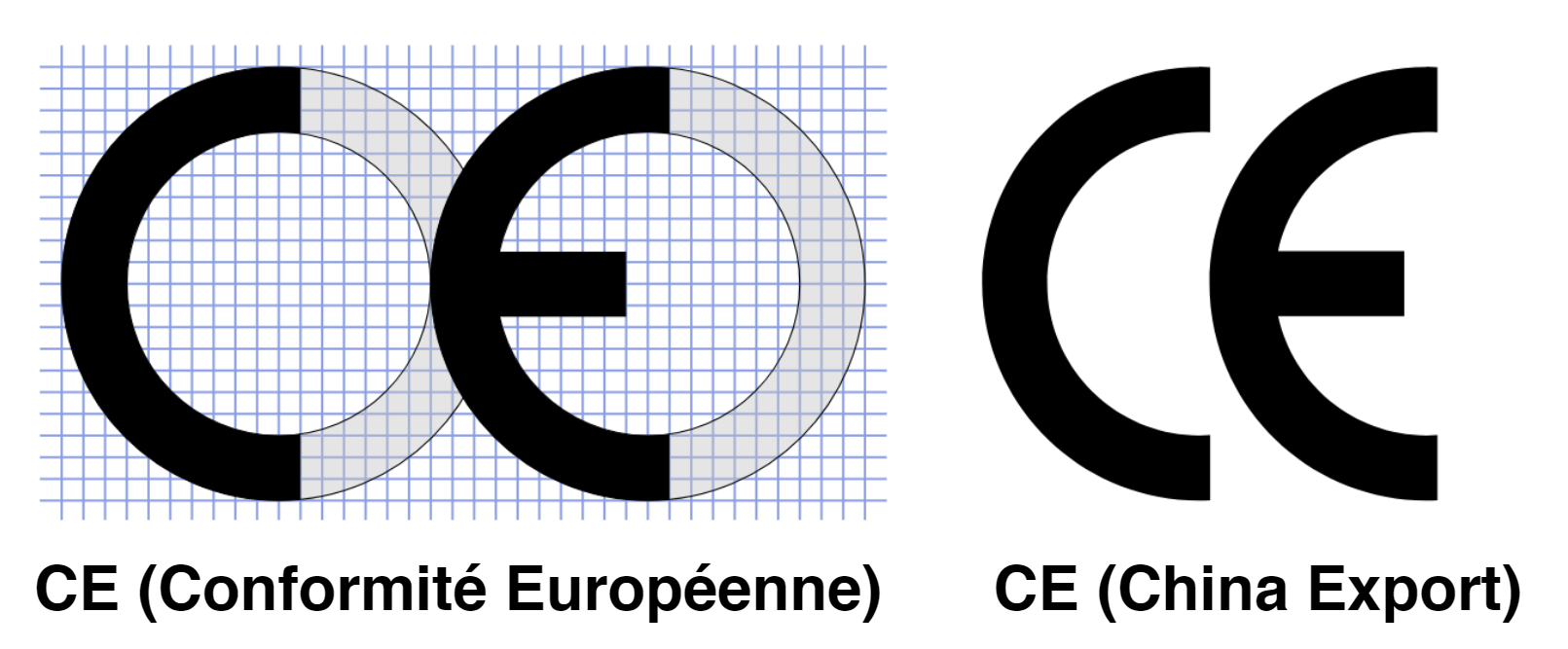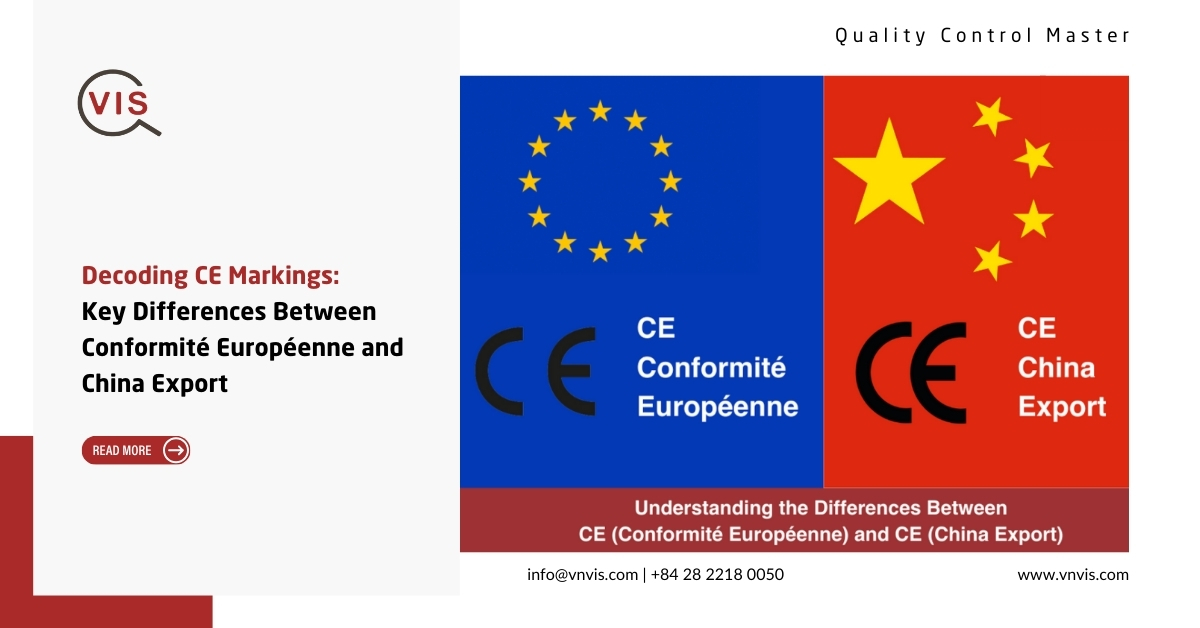When importing goods from China, it is essential to understand the key markings and symbols that ensure safety and regulatory compliance. Among the most commonly misunderstood are the CE (Conformité Européenne) and CE (China Export) markings. Despite sharing the same initials, these two markings originate from completely different regulatory systems and serve distinctly different purposes. This article aims to clarify the distinction between the CE (Conformité Européenne) and CE (China Export) markings, providing valuable insight for both businesses and consumers.
CE (Conformité Européenne): A Symbol of Compliance with European Standards
The CE mark, when referring to Conformité Européenne, is a critical indicator within the European Union (EU). It signifies that a product complies with relevant EU directives and standards, confirming that it meets the essential health, safety, and environmental protection requirements to be sold within the EU market.
Key Attributes of the CE (Conformité Européenne) Marking:
- EU Regulatory Compliance: The CE marking demonstrates that the product adheres to EU legislation applicable to its category, including directives covering electronics, machinery, toys, and other product types.
- Manufacturer Responsibility: It is the manufacturer’s obligation to ensure that the product meets all applicable standards and to conduct or commission the appropriate conformity assessment procedures.
- Third-Party Assessment: In certain cases, authorized third-party organizations—such as HQTS—may be involved to independently verify compliance.
- Mandatory Application: For a wide range of products, CE marking is legally required before they may be placed on the EU market.
- Commitment to Safety: The CE mark is rooted in ensuring product safety, protecting consumers, and supporting adherence to environmental standards.
CE (China Export): A Potentially Misleading Mark
The CE (China Export) marking does not relate to European compliance in any form. It has no legal recognition within the EU and is not linked to any regulatory framework. Unfortunately, this symbol can mislead consumers and importers, creating the false impression that a product complies with EU standards.
Key Attributes of the CE (China Export) Marking:
- Not a Certification: Unlike the official CE mark, the China Export marking does not represent conformity with EU regulations or any recognized standard.
- Lack of Regulation: This marking is not governed by any oversight or regulatory requirements.
- Misleading Intentions: It is sometimes employed to falsely imply compliance with European standards, which can pose serious risks to consumers.
- No Legal Standing in the EU: The CE (China Export) symbol holds no value in the EU market and is not accepted as evidence of product compliance.
How to Identify the Difference
The most apparent difference lies in the spacing of the letters. The official CE (Conformité Européenne) symbol maintains a clear and proportionate distance between the “C” and the “E.” In contrast, the CE (China Export) version places the letters closer together, making them appear as a single unit. This subtle difference can have major implications.

Ensuring Compliance and Protecting Consumers
To avoid compliance issues and protect consumer safety, it is essential to scrutinize CE markings carefully. HQTS supports clients in verifying the legitimacy of CE markings through detailed documentation checks, including certificates and declarations of conformity. When uncertain, businesses should consult with qualified regulatory experts to authenticate markings and confirm whether products meet EU standards.
Conclusion
While CE (Conformité Européenne) and CE (China Export) markings appear similar, their meanings are fundamentally different. One is a recognized mark of compliance with rigorous EU regulations; the other lacks any formal or legal significance within the EU. Remaining informed and vigilant is crucial to ensuring regulatory compliance and upholding safety standards in the global marketplace.




Related Posts